Die aufgerufene Seite ist nicht verfügbar.
Die aufgerufene Seite ist nicht oder nicht mehr verfügbar.
Möglicherweise ist sie auch noch nicht zur Veröffentlichung freigegeben.
Bitte wählen Sie eine andere Seite.
Zur Startseite >>
Möglicherweise ist sie auch noch nicht zur Veröffentlichung freigegeben.
Bitte wählen Sie eine andere Seite.
Zur Startseite >>
